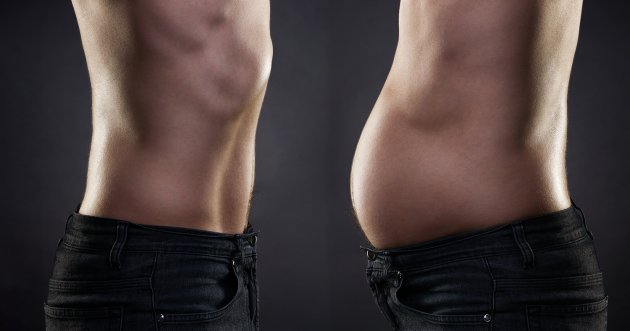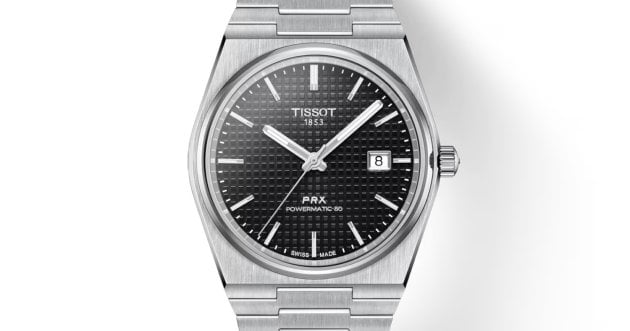
Myofascial release is often featured on TV and in magazines. Many people have heard of myofascial release because it has become a hot topic, but there are probably many people who do not know much about it. In this issue, we focus on “myofascial release” and have a personal trainer, Mr. Taiyama Matsuura, give us a lecture on how to do it!
In 2016, he began working as a trainer as a member of Beyond Gym’s start-up staff. Served as store manager of the Horie store in Osaka, Japan; in 2017, he reached the pinnacle in the Mr. Japan contest, after which he went independent. In October 2022, he founded Waffle Gym in Tachikawa, Tokyo. He is always ready to propose muscle training menus that meet the needs of customers.
The selection of items was made by the OTOKOMAE editorial staff.
Suponsered by
What is fascia in the first place?
Fascia is the membrane that surrounds muscles. It is also called ” the second skeleton,” because it is like a body suit, so to speak, that is stretched over the entire body. Fascia consists of five layers: shallow fascia, deep fascia, outer fascia, perimysial fascia, and endomysial fascia. Each layer protects muscles, helps muscles slide during contraction, and supports and allows blood vessels and nerves to pass through. When this fascia is distorted, the entire fascia becomes slippery, resulting in loss of flexibility, stiffness, tension, and pain, among other negative effects.
So what is myofascial release?
Myofascial release refers to returning the fascia to its normal state. There are several ways to perform myofascial release, including stretching, massage, and saline injections, but the most common method is self-stretching using a foam roller or other equipment. While basic stretching involves stretching in only one direction, myofascial release involves stretching in multiple directions to improve the smooth movement of the original fascia. The effects of myofascial release are described in detail in the next section!
What are the effects of myofascial release?
What are the effects of myofascial release? This section introduces the main effects of myofascial release.
Effect of myofascial release (1) “You can create a cool posture.
Bad posture becomes ingrained in the body due to the habits of daily movements. In particular, myofascial release is effective in improving bad posture such as hunchback, rolled shoulders, and smart phone neck. Myofascial release loosens myofascia and muscles and softens bone joints, allowing the body to return to its original posture. If you are having trouble fitting into your clothes due to bad posture, why not try myofascial release?
Benefit of Myofascial Release 2: “Improve chronic stiff shoulders and back pain!
Stiff shoulders and lower back pain are caused when excessive strain is placed on the back muscles due to postural imbalances caused by working on computers and smartphones, or by straining one’s body position during sports and muscle training. Myofascial release can improve stiff shoulders and lower back pain, which are said to be one of the most common modern diseases. The method will be introduced in the latter half of this article, but it is so easy that you can do it while watching TV, so those suffering from chronic pain and stiffness should definitely try it. However, if you have been diagnosed with a herniated disc, it is dangerous to do it on your own.
Benefit of Myofascial Release (3) “Increases the range of motion of joints.
When myofascia is distorted, joint movement is impeded, and it may become difficult to move, as if one’s clothes are caught in the joints. This phenomenon can be expected to improve with myofascial release. While the other benefits of myofascial release can be felt with continued use, the effects of myofascial release are immediate and should be felt immediately. Just 10 minutes of myofascial release prior to exercise will relieve muscle stiffness, improve exercise performance, and prevent injury.
Effect of myofascial release (4) “It makes it easier to get rid of fatigue after exercise.
By removing adhesions from the myofascia, the circulation of blood and lymph fluid becomes smoother, and the discharge of fatigue substances produced in the body by exercise is accelerated, which is said to quickly relieve fatigue. Since it is only necessary to incorporate myofascial release for 5~10 minutes after exercise, it should be easy to practice even for those who feel that stretching is troublesome. On the other hand, however, some say that it is not a good idea to do it after exercise because the muscles may be damaged or inflamed. It depends on the level of exercise, but if you are concerned, it would be better to wait a little time before doing myofascial release.
Overdoing myofascial release is counterproductive!
Myofascial release has a positive effect on the body, but that does not mean that it should be overdone. Not only does it stimulate the myofascia, but it can also cause inflammation of the muscles, which can lead to stiffness and dullness in the body. When using a foam roller or similar device, it is recommended to do myofascial release for 45~60 seconds per spot, and the total time should be within 5~15 minutes. If you are not comfortable with self myofascial release, you may want to have a professional, such as a physical therapist, release your myofascia.
It is important to be careful about the amount of force you use when performing myofascial release!
The key to self myofascial release is the amount of force (intensity of stimulation). Although it is easy to feel that painful release tends to be more effective, it is generally said that it is better to use a force that “feels good” to relax the body. If you feel a sense of lightness after myofascial release, it is evidence that the force was just right.
What is the best timing for myofascial release?
It does not matter whether you perform myofascial release after waking up, before or after exercise, or before going to bed. In particular, after light exercise or after taking a bath is preferable. It is said that myofascial membrane moves more smoothly when the body is warm. On the other hand, if myofascial release is performed when the body is cold, unnecessary friction may occur, resulting in pain.
2/2GO TO NEXT PAGE
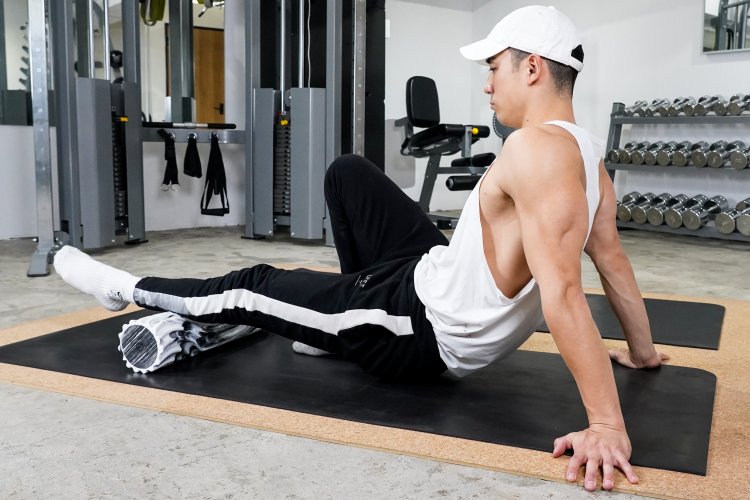
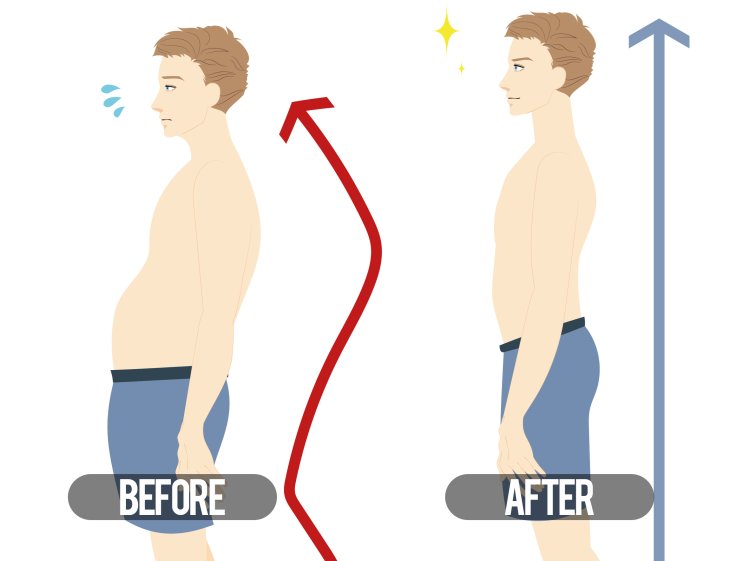

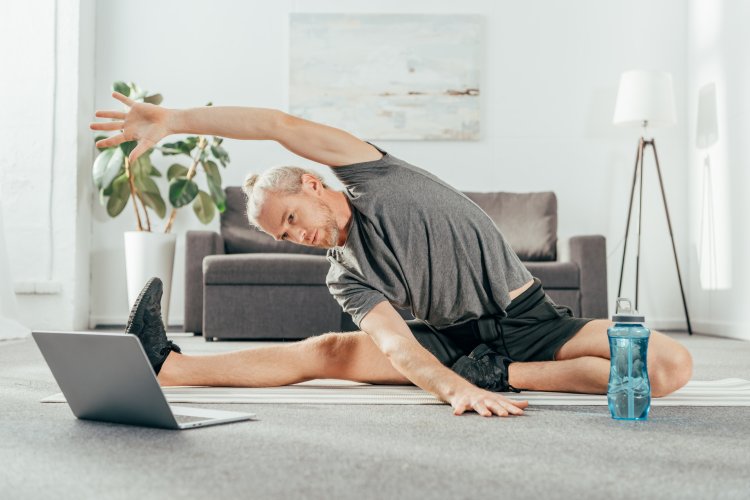

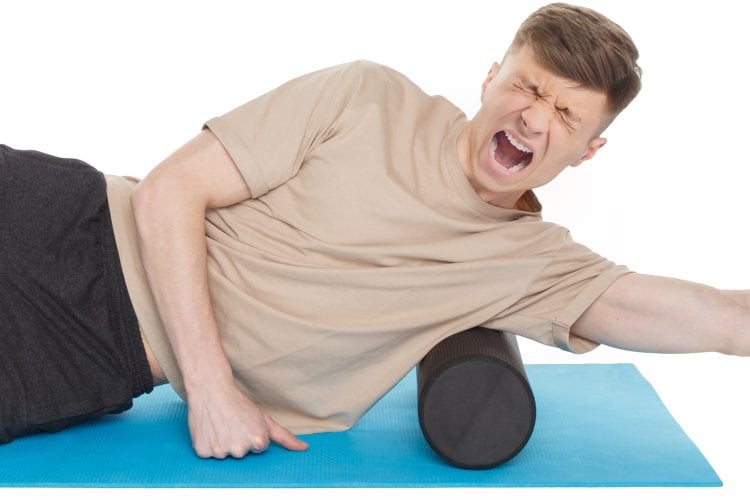
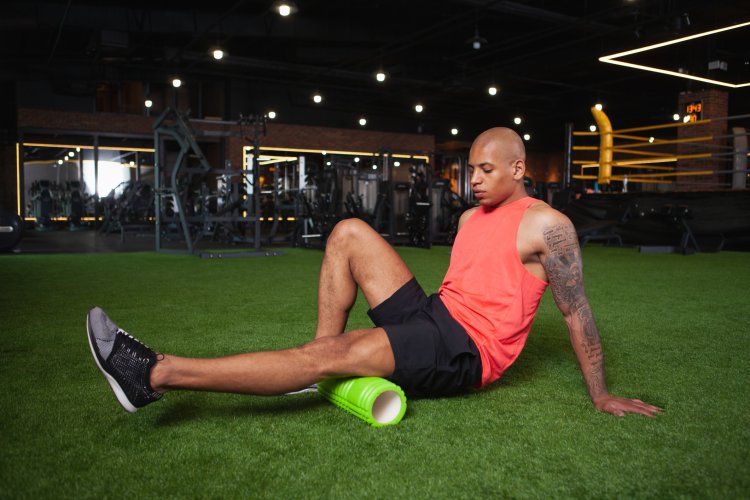
![What are the specific 5 changes that muscle training can bring to a man? [“The truth as experienced by practitioners.”]](https://otokomaeken.com/wp-content/uploads/2023/12/3ecb709c1f1613850249ba743b4b1457-630x331.jpg)






